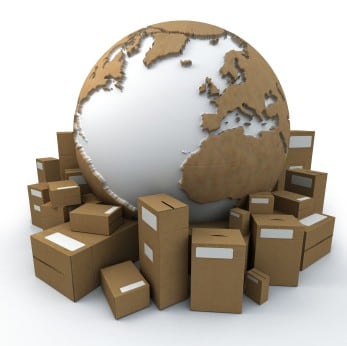There has been increased interest from the cosmetics industry to reduce waste, water and energy consumption related to packaging, as well as co-operation with packaging suppliers in efforts to reduce the overall carbon footprint of products.

Pressure to reduce environmental impact
According to Accenture, the pressure to reduce environmental impact, and to reduce costs generally, is forcing companies to take sustainable packaging seriously.
The research firm estimates that companies can save 3 to 5 percent in supply chain costs by adopting green packaging initiatives, in addition to the revenue uplift from green consumers.
L’Oreal USA made inroads to reduce the environmental impact of its beauty product packaging by introducing two new assessment tools to its package design process.
High-performance businesses are thus using supply chain sustainability as a lever of differentiation.
And due to the scope of change required, Accenture states they are systematically weighing up alternatives by evaluating impacts all the way from manufacturing to the end of a product’s life cycle.
Examine complete product life cycle
To reduce costs in the supply chain, it claims companies should begin by examining the entire life cycle of their products, from suppliers of raw materials to the manufacturers and then to the distributors and consumers.
Standard supply chains generate packaging waste at each step between supplier and consumer.
A supply chain view of packaging provides the breadth of vision required to develop optimal solutions: for example, the recycling of some packaging materials and the switch to reusable packaging.
To address sustainability, Accenture recommends companies scan their supply chains to determine the true value proposition of different strategies to reduce, reuse, and recycle.
